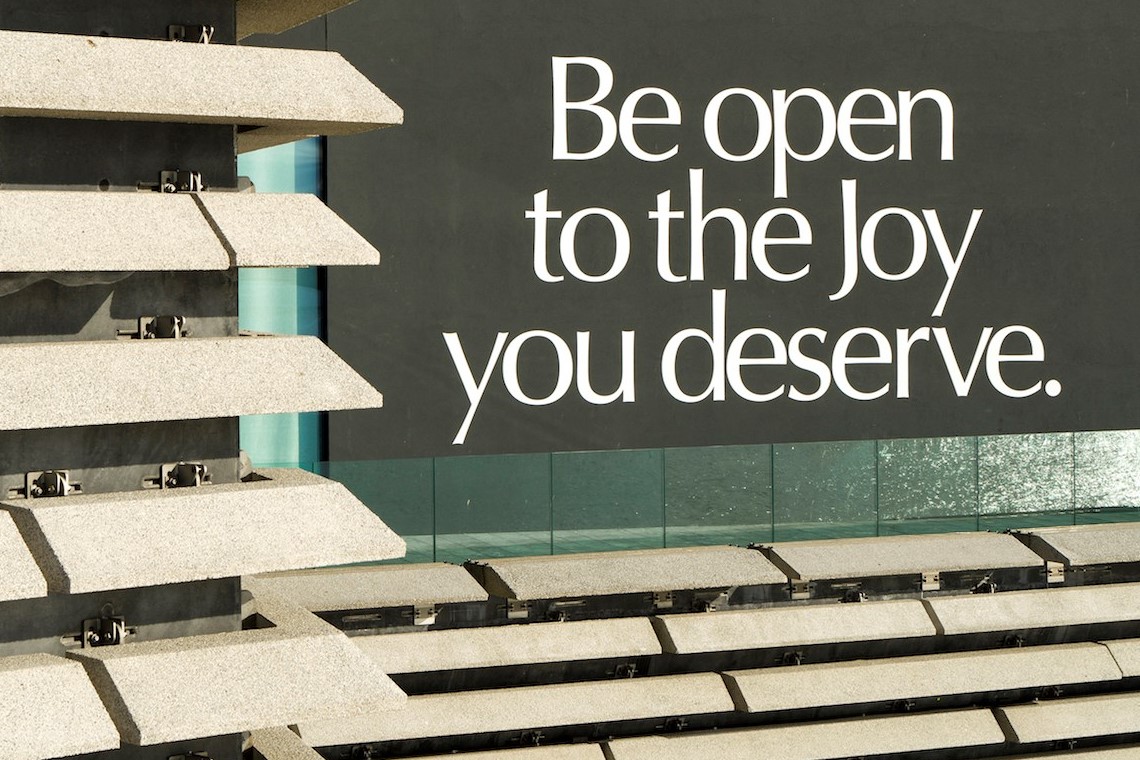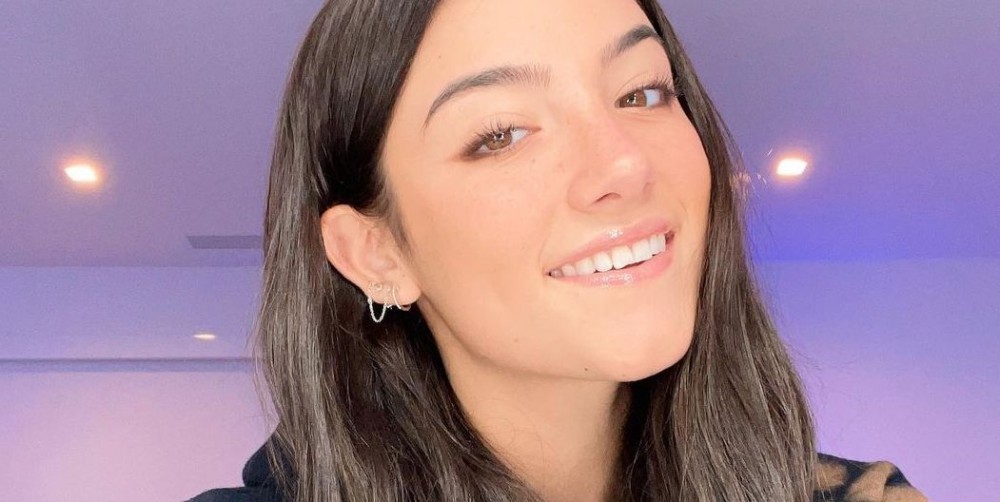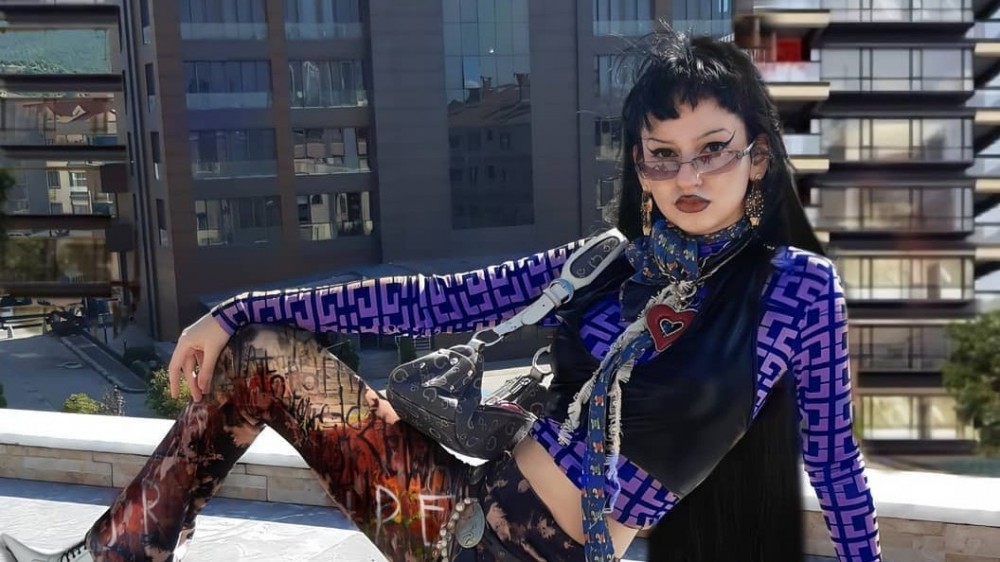
‘It’s a famine of beauty’: André Leon Talley in his own words
As fashion bids adieu to one of its last great personalities, we remember a life lived in the pursuit of style
In an era of mass reproduction, content creators, and charmless celebrity, the greatest loss to come from the untimely death of André Leon Talley, is personality. That is, genuine charisma, magnetism, and storytelling. Beyond his professional accolades, of which there are many, his striking presence on the front row and inimitable, foghorn commentary during Met Gala interviews was central to the great mythologising of fashion. Through him, we dreamt of escape, of a world where people spoke only in sumptuous prose, living life in dedication to opulence and Tom Ford kaftans. He, for so many, embodied the archetypal fashionista, even though he frequently attested to just how unglamorous the industry truly was.




On January 18, 2022, fashion lost not only its most rambunctious figurehead but its biggest fan. Nobody was as enriched by fashion as Talley was. It’s clear from any interview that clothing stirred in him a deep sensuality that marinated in his mind and oozed from his speech – because to listen to Talley talk about fashion was to feel edified and somehow fuller. He was, after all, an orator and spoke with a cadence and intonation that was both grandiloquent and entirely measured. Sermon-like, he punctuated his appraisals with French italics and aristocratic Andréisms, all of which had been acquired through an adoration of Baudelaire, Rimbaud, Verlaine, and the Black women of his childhood.
A two-metre talisman of fashion within popular culture, Talley was a bloodline to a Diana Vreeland, Halston-era of decadence that has since ceased to exist. A friend of Gianni Versace, Azzedine Alaïa, Yves Saint Laurent, Karl Lagerfeld, and countless Studio 54-ers, his lone vice was champagne. He believed that dressing well was a moral duty and that the “most wonderful thing” was being able to sit down for hours on end. That he cultivated a glamorous life is obvious. He luxuriated in language, fashion, art, and knowledge. But this was about so much more than achieving some kind of prestige or panache. All of these things were foundational, spiritual even, and were his means to emote. For him, clothes gave life meaning and heft.
He was, of course, an intellectual aesthete, enshrouding himself in the pursuit of elegance, in tent-like capes, tassels, and yards of ruffles. Vast billows of deep red, brown fur, and gilded brocade. His look represented a refusal to compromise and this sense of sacrifice was embedded in the very fibre of his being. He’d often speak about the obstacles of his childhood, having stones hurled at him in white neighbourhoods as he made the pilgrimage to newsagents, or being referred to as ‘Queen Kong’ in Paris. “But it didn’t stop me from buying Vogue,” he’d say. For Talley, life was challenging but it was gorgeous, too.
Below, we travel back through some of his most memorable quotes.
“It’s a famine of beauty. The famine of beauty, honey! My eyes are starving for beauty!” – The September Issue, 2009
Ever since Talley described the landscape of American fashion as a “famine of beauty” during the 2009 documentary, The September Issue, the refrain has rung in the ears of fashion editors worldwide. Dramatic though it may be, Talley truly did live his life as if it depended on being inspired and nourished by beautiful things. Be that walking for Yohji Yamamoto, reading Baudelaire, or purchasing Giottos – “Everyone owns a Giotto,” he told Buffalo Zine in 2016. Even when Anna Wintour forced him to take up tennis, he would only do so with a Louis Vuitton-monogrammed racket.
“I’d like to be remembered as someone who made a difference in the lives of young people – that I nurtured someone and taught them to pursue their dreams and their careers, to leave a legacy.” – Time Out, 2009
In the past day, tributes to Talley have come rolling in from the world’s most notable designers. Marc Jacobs said “I am in shock. You championed me and you have been my friend since my beginning. Our chats, the moments we shared….oh my friend. You and your passions were larger than life. I love you and I will miss you dear Andre. Rest In Peace.” Much like Jacobs, Talley was a pivotal figure in the careers of countless creatives, particularly John Galliano, for whom he found funding and a Parisian hotel to host his 1994 runway. From that, Galliano got his job at Givenchy, and from Givenchy he went to Dior.
“You can be aristocratic without having been born into an aristocratic family” – The Gospel According to André Leon Talley, 2018
Though he was brought up in Durham, North Carolina, by his grandmother, Talley found an alternative life in the pages of Vogue, modelling himself on the aristocratic, social elite that graced its glossy pages. He has described the magazine as his “escape hatch”, plastering his bedroom walls with portraits of Naomi Sims, Pat Cleveland, Marisa Berenson, Diana Vreeland, and Loulou de la Falaise, all photographed by Richard Avedon. Whether or not he looked like them was besides the point, he saw himself in those outrageous characters. “I felt like I was included, because there were people I wanted to be like – eccentric, original, people who were artists, writers: Truman Capote, I so identified with him,” he told The Guardian.
“What could this talented YouTuber offer? Surely she didn’t know what a martingale back is to a Balenciaga one-seamed coat.” – The Guardian, 2020
Following the publication of Talley’s second autobiography, The Chiffon Trenches, much has been made of his relationship with Anna Wintour, his once champion who allegedly dropped him from the Vogue masthead and Met Gala carpet, on account of his age. Though the above quote does sound like what someone from fashion’s old guard might have to say about fresh-faced influencers, it also embodies much of the difference between Talley and those given platforms today. Though his public persona became bigger than his professional accolades, Talley’s authority within the industry was rooted in a water-tight knowledge of fashion history. And this was an ethos instilled into him by his grandmother as a child. On the great lessons of his upbringing he said, “grace, and do your homework. Research, research; the foundation of your life is knowledge!”
“Have knowledge of what you’re talking about. Read and be curious. Always listen. Be prepared when you’re doing something. That’s especially true in the fashion world” – Glamour, 2013
Talley could only speak in his signature effusive manner because he had the encyclopaedic knowledge to bolster his claims. A master of French literature, he curated a number of exhibitions, including a retrospective dedicated to Oscar de la Renta and another to Vivienne Westwood, back in 2015. It’s why, as an admirer of art, he was able to align himself with so many great artists themselves. “André is one of the last great fashion editors who has an incredible sense of fashion history,” Tom Ford told Vanity Fair. “He can see through everything you do to the original reference, and predict what was on your inspiration board. My God, when he sits in the front row, to know that he understands what you’re saying, what you’re trying to put into pop culture—that is what you work for as a fashion designer.”
“Whatever I articulate must in some way reflect who I am as a black man and what I can impart to the history of fashion, as this black person who was able to be in the front row.” – The Guardian, 2020
In interviews, Talley always preferred to talk about the wondrous, transformative nature of fashion, than reflect on the cruelty of its industry. But there were times in his life when that was not a choice he could easily make, once telling The Guardian that he was forced to leave Paris because of bullying. Still, he was the first Black man to hold a senior position at Vogue and he was frequently the only Black person in the front row – if not the entire venue – of fashion shows. “He was like the Black Rockette… he was the one,” said Whoopi Goldberg in The Gospel According to André. Later in that documentary, Talley says, “you don’t get up and say, ‘look, I’m Black and I’m proud,’ you just do it and it impacts the culture.” Nevertheless, he spearheaded diversity on the runway, rallying his designer friends to use Black models, and was often the first to write about Black designers. Though Talley tirelessly accommodated racism throughout his career, he saw this legacy come to fruition while he was alive. Edward Enninful today reflected on the fact, uploading a commemorative post to Instagram with the caption: “Without you, there would be no me. Thank you for paving the way”.
“Be kind. Smile. I read this somewhere: ‘If you smile, it means you are in control of your destiny’” – Glamour, 2013
Charm is not something you can easily emulate and in Talley’s case it was seemingly conferred at birth, if not some kind of God-given power. As he faced the world with a smile and encouraged others to do the same, he projected a fantasy of fashion distinct from Wintour or Karl Lagerfeld’s (often beloved) brand of disdain. Through Talley, fashion was a resplendent and extravagant force, a world of sumptuous secrets, silk trains, and swish fairy tales – which is similar to how he described his own life. “My story is a fairytale of excess,” he told The Guardian, “and in every fairytale there is evil and darkness, but you overcome it with light. I want every person I come across – the stranger on the street, the church member in the pew next to me – to feel love.”



